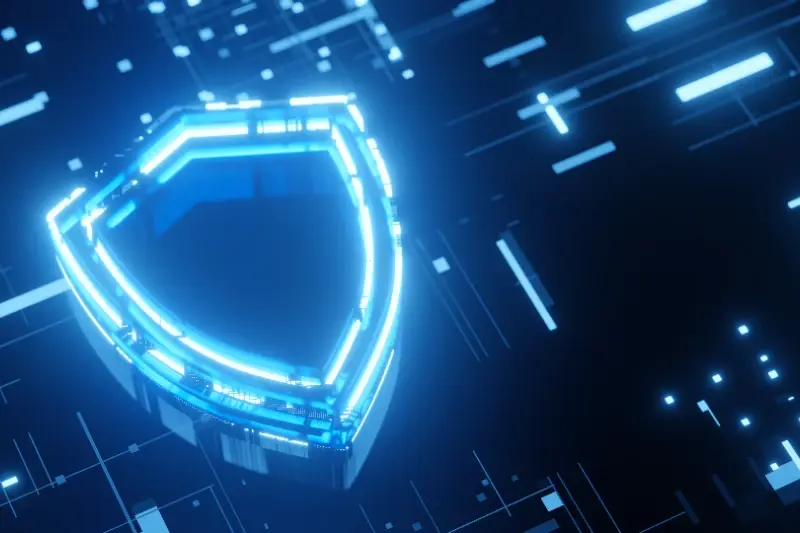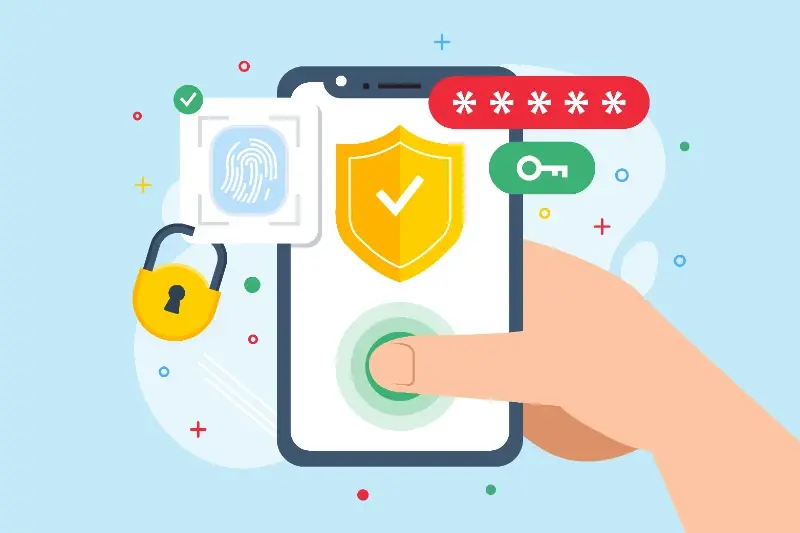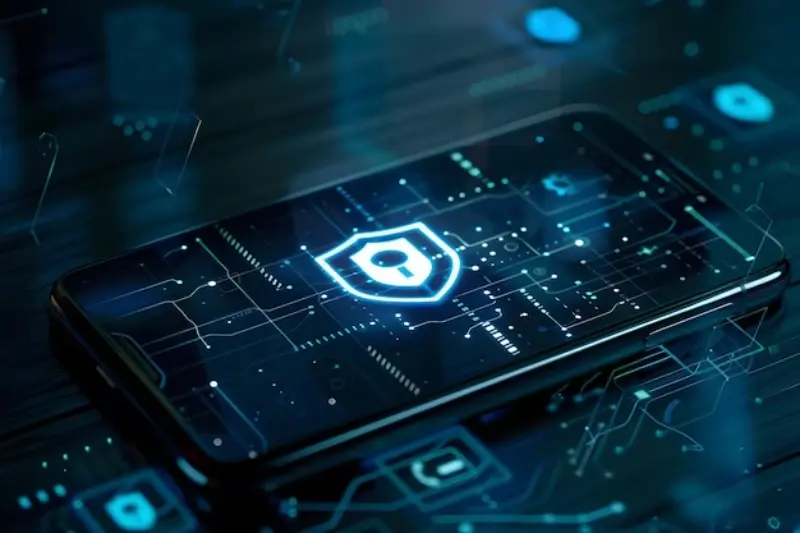There's nothing quite like that sinking feeling when you realise your enterprise application has been compromised through a container vulnerability. One minute everything's running smoothly in production, the next you're dealing with a security breach that could have been prevented. I've worked with countless development teams over the years, and this scenario plays out more often than you'd think—not because teams are careless, but because container security often gets treated as an afterthought rather than a core part of the development process.
The shift to containerised apps has been brilliant for enterprise development; there's no denying that. Containers make applications portable, scalable, and easier to manage across different environments. But here's the thing—they've also introduced new security challenges that many organisations aren't prepared for. Traditional security approaches don't always translate well to containerised environments, and the speed of modern development cycles can make it tempting to skip security steps that seem to slow things down.
Container security isn't just about protecting your applications—it's about protecting your entire business from threats that can spread faster than you can respond to them.
What makes container security particularly tricky is that vulnerabilities can exist at multiple layers: in the container images themselves, in the runtime environment, in the orchestration platform, and in the underlying infrastructure. This complexity means that securing containerised enterprise applications requires a comprehensive approach that integrates security practices throughout your entire DevSecOps pipeline. The good news? With the right practices in place, you can build robust, secure applications without sacrificing the speed and flexibility that made you choose containers in the first place.
Understanding Container Security Fundamentals
Container security is one of those topics that sounds more complicated than it actually is. At its core, we're talking about protecting the small, packaged versions of applications that run across different computing environments. Think of containers as lightweight boxes that hold everything needed to run a piece of software—and just like any box, they need proper protection.
The main challenge with container security comes from how these systems work. Traditional security approaches were built for servers that stayed put and changed slowly. Containers are different; they spin up quickly, disappear just as fast, and can be running hundreds at a time. This creates some unique security challenges that we need to address differently.
Key Security Areas to Focus On
When we talk about container security, there are several layers we need to consider. The host operating system needs securing—that's the foundation everything else sits on. The container runtime, which manages how containers start and stop, requires attention too. Then there's the containers themselves and the applications running inside them.
- Host system security and access controls
- Container runtime configuration and patches
- Image security and vulnerability scanning
- Network isolation and communication rules
- Resource limits and monitoring
- Secrets management for sensitive data
Common Security Risks
Container environments face specific risks that don't exist in traditional setups. Shared kernels mean that if one container gets compromised, it might affect others. Misconfigured permissions can give containers more access than they need. Outdated base images often contain known vulnerabilities that attackers can exploit.
The good news is that most of these risks are manageable with the right approach and tools. Understanding these fundamentals gives us a solid foundation for building more secure containerised applications.
Building Secure Development Pipelines
Getting container security right starts long before your app goes live—it begins the moment your developers start writing code. A secure development pipeline acts like a series of checkpoints that catch security issues before they become expensive problems. Think of it as your quality control system, but for security.
The key is integrating security checks directly into your CI/CD pipeline rather than treating it as an afterthought. This means every time someone pushes code, your system automatically scans for vulnerabilities, checks dependencies, and validates configurations. It sounds complex, but modern DevSecOps tools make this surprisingly straightforward.
Automated Security Scanning
Your pipeline should include multiple layers of automated scanning. Static code analysis catches common coding mistakes that could lead to vulnerabilities. Dependency scanning checks all your third-party libraries for known security issues—and trust me, there are always more than you'd expect. Container image scanning examines your built images for vulnerabilities before they're deployed.
Set up your pipeline to fail builds when high-severity vulnerabilities are detected. This forces developers to fix security issues immediately rather than letting them accumulate.
Security Gates and Controls
Here's what every secure containerised app pipeline needs:
- Automated vulnerability scanning at multiple stages
- Code quality and security analysis tools
- Container image signing and verification
- Configuration validation and compliance checks
- Secrets management integration
- Security testing in staging environments
The beauty of building security into your development pipeline is that it becomes invisible to developers once it's set up properly. They just write code, and the system takes care of the security checks automatically. No more last-minute security surprises during enterprise app development.
Managing Container Images and Registries
Container images are basically the blueprint for your applications—they contain everything needed to run your software, from the operating system to your actual code. Think of them as a complete package that can run anywhere. But here's the thing: if you're not managing these images properly, you're opening the door to all sorts of security problems.
The first step is using a private container registry rather than pulling images from public sources. Public registries like Docker Hub are convenient, but you can't always trust what's in them. Anyone can upload an image, and malicious actors sometimes slip in compromised containers. A private registry gives you control over what goes in and what comes out.
Image Scanning and Vulnerability Management
Every image should go through automated scanning before it enters your registry. These scans check for known vulnerabilities, outdated packages, and suspicious code patterns. Most cloud providers offer built-in scanning tools, but there are also third-party options that can integrate with your existing workflow.
Regular cleanup is another area that gets overlooked. Old images pile up quickly, and each one represents a potential attack surface. Set up automated policies to remove images that haven't been used for a specified period—maybe 90 days for development images and longer for production ones.
Access Control and Image Signing
Not everyone should have push access to your registry. Use role-based permissions so developers can pull images but only designated team members can push new ones. Image signing adds another layer of protection by verifying that images haven't been tampered with during transit or storage.
- Implement automated vulnerability scanning for all images
- Use private registries with proper access controls
- Set up image signing to verify authenticity
- Create automated cleanup policies for unused images
- Monitor registry access logs for suspicious activity
Runtime Security and Monitoring
Once your containerised apps are running in production, the security work doesn't stop—it actually gets more interesting. Runtime security is about watching what happens when your containers are doing their job in the real world. Think of it like having security cameras in your office; you need to know if something odd is happening.
The tricky thing about container security is that containers can appear and disappear quickly. One minute you might have five containers running, the next minute you could have fifty. This makes traditional monitoring methods pretty useless. You need tools that can keep up with this fast-paced environment and spot problems as they happen.
Behavioural Monitoring
Smart runtime security tools watch how your containers behave. They learn what normal looks like—which files get accessed, what network connections happen, how much memory gets used. When something breaks this pattern, you get an alert. Maybe a container suddenly starts connecting to unusual websites, or begins reading files it shouldn't touch.
The best security teams treat runtime monitoring like a continuous health check rather than a one-time audit
Real-time Threat Detection
Modern enterprise app development relies on catching threats before they cause damage. Runtime security tools can spot malware, detect privilege escalation attempts, and notice suspicious network activity. The key is getting alerts that matter—not every minor event needs your immediate attention, but genuine threats do. When you're running DevSecOps practices, this real-time visibility becomes part of your daily workflow, not something you check once a week.
Implementing DevSecOps in Your Team
Getting your team to embrace DevSecOps isn't just about installing new tools—it's about changing how everyone thinks about security from day one. I've worked with development teams who treated security as an afterthought, and trust me, that approach never ends well. The key is making security feel natural rather than burdensome.
Start by identifying security champions within your existing team. These are people who already show interest in security practices or have experience with container security. They'll become your advocates when resistance inevitably pops up. Once you have your champions, begin with small wins rather than overhauling everything at once.
Building Security Into Daily Workflows
Your development pipeline should include automated security scanning at multiple stages. This means vulnerability scanning during image builds, policy enforcement before deployment, and continuous monitoring in production. The automation part is crucial because manual security checks slow everything down and create bottlenecks.
Training plays a massive role here too. Regular workshops on container security, threat modelling sessions, and hands-on labs help developers understand why security matters. When people understand the reasoning behind security practices, they're much more likely to follow them consistently.
Measuring Success
Track metrics that matter to both security and development teams. Mean time to remediation, number of vulnerabilities caught before production, and deployment frequency all tell you whether your DevSecOps implementation is working:
- Security scan coverage across all container images
- Time taken to patch critical vulnerabilities
- Number of security incidents in production
- Developer satisfaction with security tooling
- Compliance audit results
Remember that cultural change takes time. Don't expect immediate perfection, but celebrate improvements along the way. When security becomes part of your team's DNA rather than an external requirement, you'll know you've succeeded.
Conclusion
Container security isn't something you can just tick off a checklist and forget about—it's an ongoing commitment that needs to be woven into every part of your enterprise app development process. I've seen too many teams treat security as an afterthought, only to scramble when vulnerabilities surface in production.
The good news? Once you've got your fundamentals sorted—secure base images, proper scanning processes, runtime monitoring—the rest becomes much more manageable. Your DevSecOps pipeline will catch issues before they become problems, and your team will start thinking about security by default rather than as an add-on.
What really makes the difference is starting small and building up your containerised apps security practices gradually. You don't need to implement everything at once; pick one area that's causing you the most headaches right now and focus on that. Maybe it's getting your image scanning sorted, or perhaps it's setting up proper runtime monitoring. The key is to start somewhere and keep improving.
Remember that container security is a team sport—it works best when everyone from developers to operations staff understands their role in keeping things secure. Regular training sessions and clear documentation go a long way towards making sure everyone's on the same page.
At the end of the day, good container security practices will save you time, money, and stress down the line. Your enterprise applications will be more robust, your customers will trust you more, and you'll sleep better knowing your containerised infrastructure is properly protected.
Share this
Subscribe To Our Blog
You May Also Like
These Related Stories

DevSecOps Integration: Building Security Into Your Pipeline

Container Security Best Practices for Mobile Development





